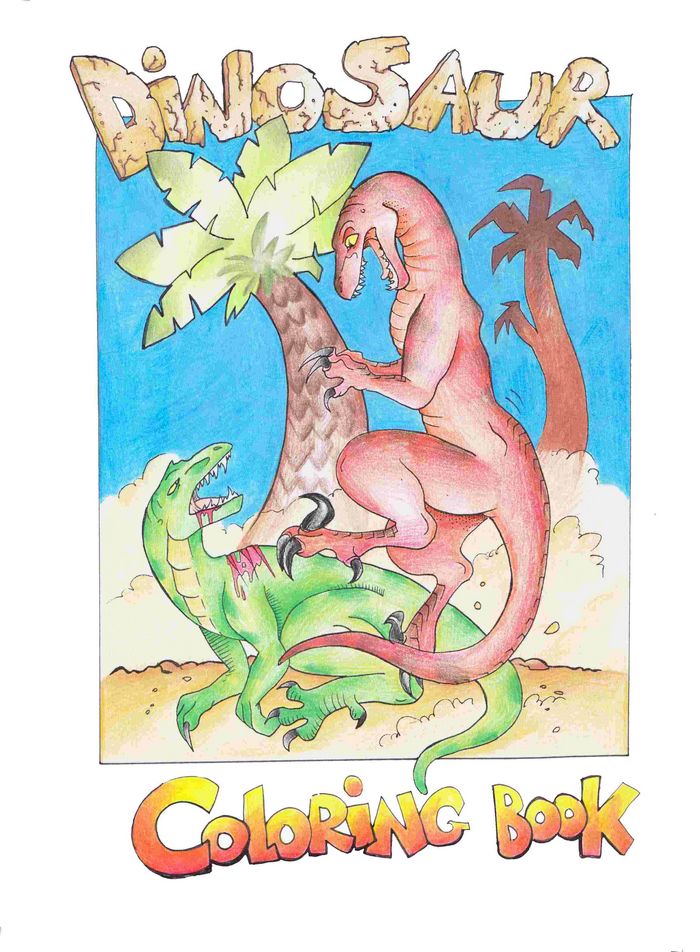The American Museum of Natural History (AMNH) features large in many of the DinoZone’s articles on fossil hunting expeditions and palaeontology. It is located on the Upper West Side of Manhattan, New York, and is one of the largest museums in the world. It has 45 permanent exhibition halls, a planetarium and a library. We are here of course for the fossils – of which the AMNH has more than a few. In fact, there are over 32 million specimens of plants, humans, animals, fossils, minerals, rocks, meteorites and cultural artefacts on display or stored in its collections.
The museum was founded in 1869 by some of the most famous and richest men in America, and some of those names are still familiar to us nearly 150 years later. It also fulfilled the dream of naturalist Dr Albert Bickmore who had been campaigning for years for the establishment of such an institution in New York.
Construction commenced on a Victorian Gothic structure
His proposal, backed by those rich and famous men, eventually won the approval of the Governor of New York, John Thompson Hoffman, who signed the document that officially founded the museum. Every one of them a man of genius and vision. Construction commenced in 1874 for the museum's first building, a Victorian Gothic structure which opened 3 years later.
One of the world’s foremost museums of natural history
Of interest to us is the fourth president of the museum, Henry Fairfield Osborn, appointed in 1906 and who oversaw the development of the museum into one of the world’s foremost museums of natural history. Osborne is famous for his fossil collecting expeditions in the US, and the Gobi Desert. Another famous name is Roy Chapman Andrews, who supposedly was the inspiration for the movie hero Indiana Jones.
Many of the fossils on display were collected during the museum’s golden age of exploration which stretched from the 1880s through to 1930. The AMNH also houses specimens collected by that ever so famous and fiery tempered palaeontologist, Edward Drinker Cope, flamboyant adventurer Barnum Brown, and the gentle and placid bone collector CH Sternberg. Perhaps the most famous of the three is Cope, who sold his collection to the Museum in 1895 for a sum of $32000.
The museum houses the largest collection of dinosaurs in the world, although most of the fossil bones aren’t on display to the public. Ongoing research is conducted on this treasure trove of fossil bones by an army of vertebrate palaeontologists. There is even a room with its own winches suspended from the roof which the palaeontologists use to move the bones around.
Walk a Path of Evolution
Those fossils that you and I can go and see occupy the entire fourth floor of the museum as well as a separate exhibition in the Theodore Roosevelt Memorial Hall. The display is set out so that walk a path of evolution of vertebrates through the museum, which takes us along the tree of life, with branches to show the familial relationship between vertebrates.
Plan Your Visit
Address
200 Central Park West, New York, NY 10024, United States
Hours
Open daily, 10 am–5:30 pm.Closed Thanksgiving Day and Christmas Day.
And seeing that you are here, grab yourself a copy of our free colouring book, which is full of wonderful dinosaurs and other Mesozoic creatures for you to bring back to life.



